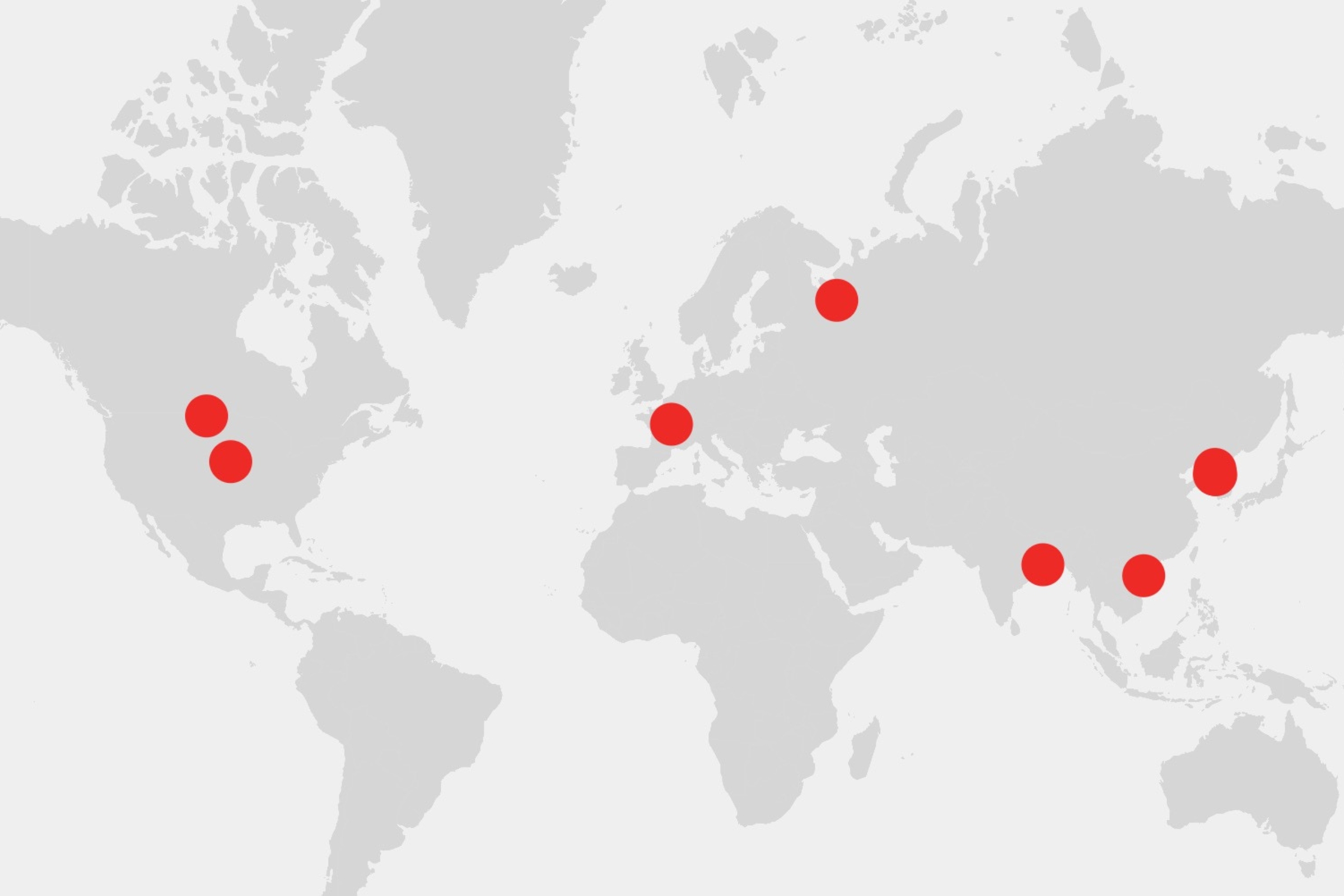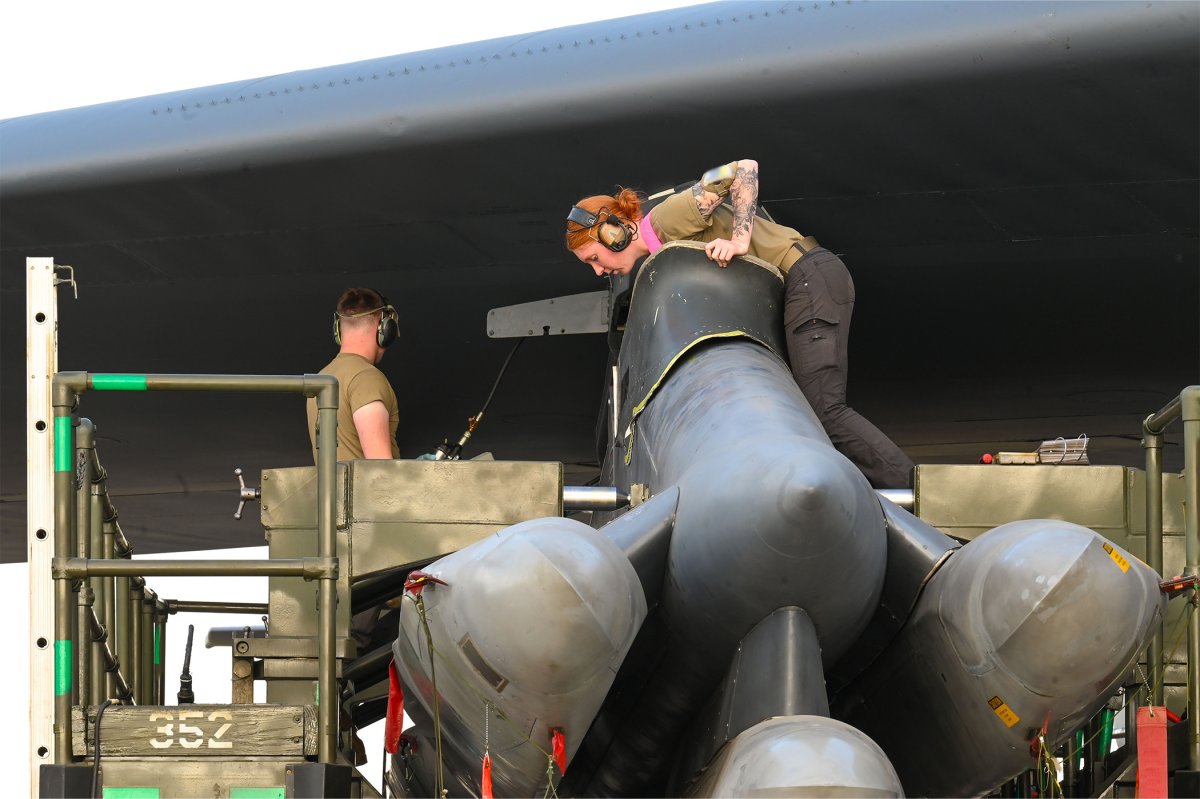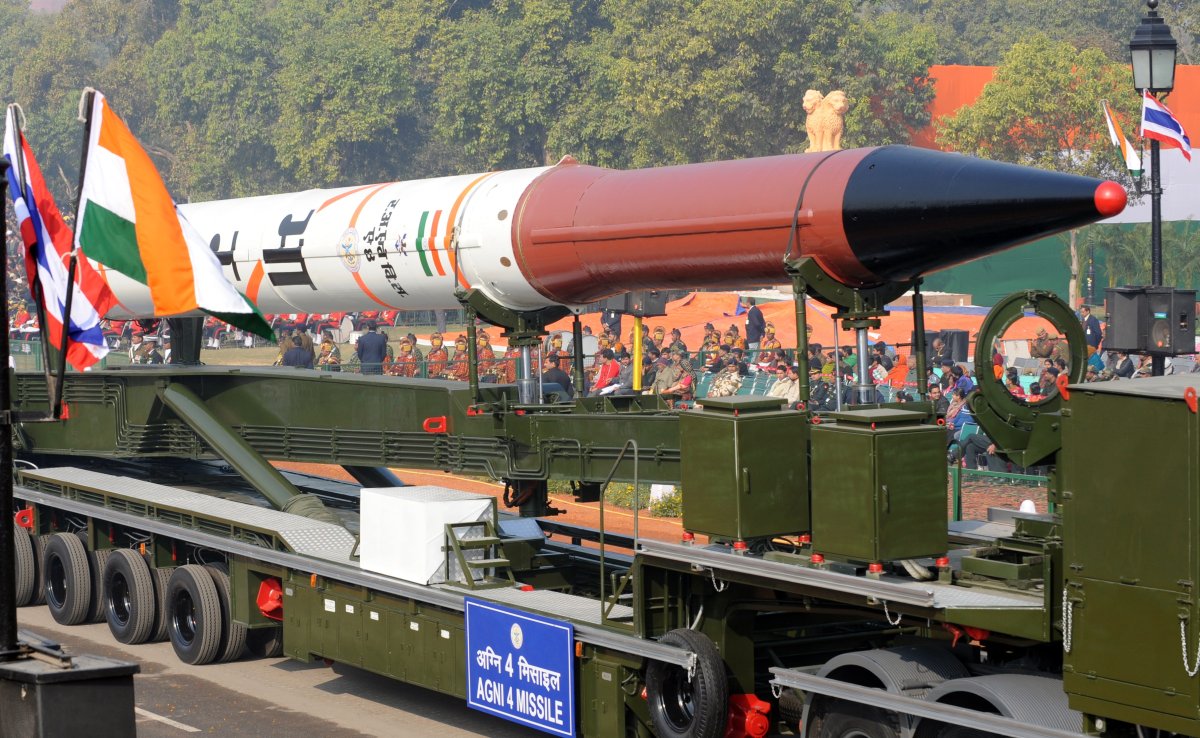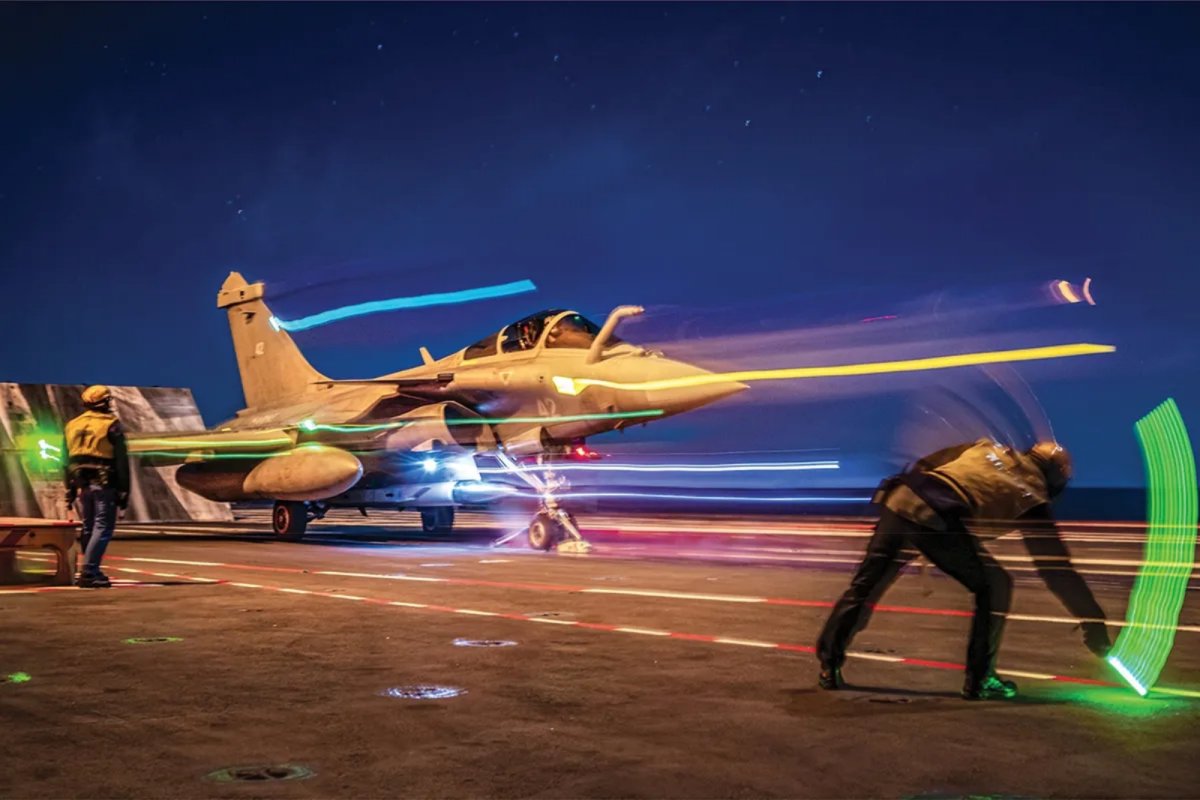World
Map shows strategic drills of world’s nuclear powers

Six of the world’s nine nuclear weapons states, which together maintain a stockpile of over 9,000 warheads for potential use, staged strategic exercises or activities ranging from missile launches to visits to secretive facilities to showcase their atomic warfighting capabilities.
Newsweek‘s map roughly traces the nuclear force movements of the United States, Russia, China, North Korea, India and France throughout September based on publicly available information such as official disclosures or open-source data like satellite imagery and flight-tracking services.
The United Kingdom, Israel and Pakistan were the only nuclear-armed countries not to disclose nuclear weapons-related maneuvers. As is standard practice, however, their nuclear forces—such as Britain’s ballistic missile submarines—remained on station and on alert, just like those of the six other countries.
The United States
According to the National Nuclear Security Administration, an agency under the Energy Department, the American nuclear weapons stockpile consists of 3,748 warheads—both active and inactive, meaning they were either ready-for-use or in nonoperational status.
From September 4 to 8, the 2nd and 5th Bomb Wings of the U.S. Air Force, which are the operating units of B-52H strategic bombers, took part in a training operation at Minot Air Force Base in North Dakota, code-named Prairie Vigilance/Bayou Vigilance 24-4.
The routine operation, which occurs multiple times per year, aimed to test the readiness to conduct deterrence and combat operations. It was not conducted in response to specific geopolitical conditions or situations, the 5th Bomb Wing said in a news release.
An official U.S. Air Force photo of the operation showed airmen preparing a bomber with missiles. The B-52H bomber fleet has 76 aircraft, 46 of which are nuclear-capable with AGM-86B air-launched cruise missiles, the Bulletin of the Atomic Scientists said.

Airman 1st Class Trust Tate/U.S. Air Force
Without an actual launch occurring, a simulated electronic launch minuteman (SELM) test was completed at Offutt Air Force Base in Nebraska on September 17. It tested the U.S. Air Force Minuteman III intercontinental ballistic missile (ICBM) in a deployed environment.
“SELM tests the selected ICBMs from day-to-day operation to issuance of the first stage ignition signal,” according to the 625th Strategic Operations Squadron, which is a U.S. Air Force unit focusing on the Airborne Launch Control System (ALCS) and ICBM targeting.
During the twice-a-year test, a U.S. Navy E-6 communications relay and strategic airborne command post aircraft sent launch commands to a test-configured launch facility via ALCS. The U.S. Air Force operates 400 Minuteman III missiles and deploys them in silos.
Russia
The Stockholm International Peace Research Institute (SIPRI) estimated that Russia has 4,380 nuclear warheads—both deployed and stored—which is the largest stockpile in the world.

Russian Defense Ministry Press Service/ASSOCIATED PRESS
Satellite imagery taken on September 21 has indicated that a Russian test of an ICBM, the RS-28 Sarmat, ended in failure as it exploded in its launch silo. The test was scheduled to take place between September 19 and 23 at the Plesetsk Cosmodrome in northwest Russia.
According to SIPRI, Russia had flight-tested the new “heavy” liquid-fueled, silo-based ICBM only twice, in April 2022 and February 2023, with the latter probably failing. Last December, Russia announced plans to conduct seven ICBM flight tests this year.
An aggression against Russia from a nonnuclear state but involving or supported by any nuclear state would constitute a joint attack against Russia, said President Vladimir Putin on September 25, referring to the updated nuclear deterrence policy of his country.
Meanwhile, a Russian nuclear-powered submarine armed with nuclear missiles, completed a voyage under the ice of the Arctic for a transfer from the Barents Sea to the Pacific Ocean. It arrived at the Vilyuchinsk submarine base in the Far East’s Kamchatka Peninsula.
China
On September 25, China launched an ICBM from its southern island of Hainan into the Pacific Ocean, the first such test since the 1980s. The country’s defense ministry said the rare launch tested the “weaponry performance” and effectiveness of military training.

Chinese military
Based on the photo published by the Chinese military, the missile was a DF-31AG, which has a reported range of 6,959 miles and is capable of reaching the U.S. mainland from China. The Pentagon confirmed that it had received advanced notification from China of the test.
According to a report by the U.S. military, China has more than 500 operational nuclear warheads as of May 2023. It is estimated that the number would be over 1,000 by 2030.
North Korea

Korean Central News Agency
North Korean leader Kim Jong-un visited an enrichment facility in Kangson on September 12. The secretive facility, just west of the capital Pyongyang, is believed to be producing Uranium-235, a fissile material essential for nuclear chain reactions.
The East Asian country has around 50 nuclear warheads and possesses sufficient fissile material to reach a total of up to 90 warheads, SIPRI estimated. During the visit, Kim called for bolstering “the foundation for producing weapons-grade nuclear materials.”
Meanwhile, on September 18, Kim observed the launch tests of a ballistic missile and a strategic cruise missile, which are believed to be capable of carrying nuclear warheads.
India
The Indian military successfully launched an intermediate-range ballistic missile, or IRBM, the Agni-4, from the Integrated Test Range in Odisha on September 6, which validated all the operational and technical parameters, the country’s defense ministry said.

RAVEENDRAN/AFP via Getty Images
The South Asian country is estimated to possess 172 nuclear warheads, according to SIPRI. The Bulletin of the Atomic Scientists said the nuclear-capable IRBM, which is a road-and-rail-mobile missile, can deliver a single nuclear warhead 2,170 miles away.
The role of nuclear weapons in the Indian military doctrine has evolved from deterring Pakistan only until over a decade ago to targeting China as well in recent years. They had increased from shorter-range to longer-range, covering the entire Chinese territory.
France
According to an exercise calendar provided by the French military, the country’s Strategic Air Forces simulated a nuclear air raid, Poker 24-03, from September 24 to 26.
Live tracking showed that multiple aerial refueling aircraft flew over mainland France during the exercise. According to the French aerospace magazine Air & Cosmos, it also involved several Rafale fighter jets carrying mock-ups of nuclear cruise missiles ASMPA.

French Navy
Etienne Marcuz, a French analyst on strategic systems and technologies, told Newsweek that the Poker strategic exercise, which is scheduled four times a year, aims to keep all personnel involved in the French nuclear air component at a high level of readiness.
“Poker is above all a strategic message directed toward other heads of nuclear states and their military apparatus,” the analyst explained. France has 290 warheads in its nuclear arsenal, which is the fourth largest in the world, behind Russia, the U.S., and China.






